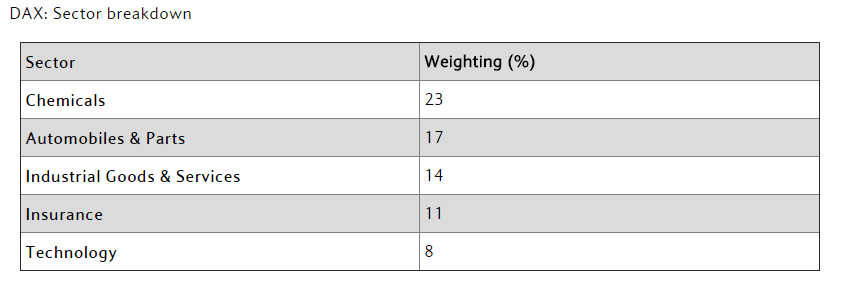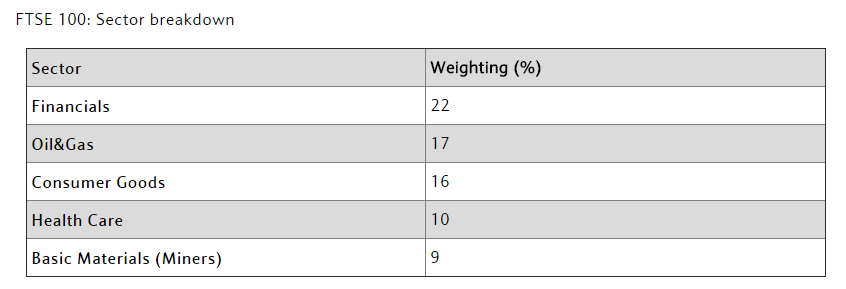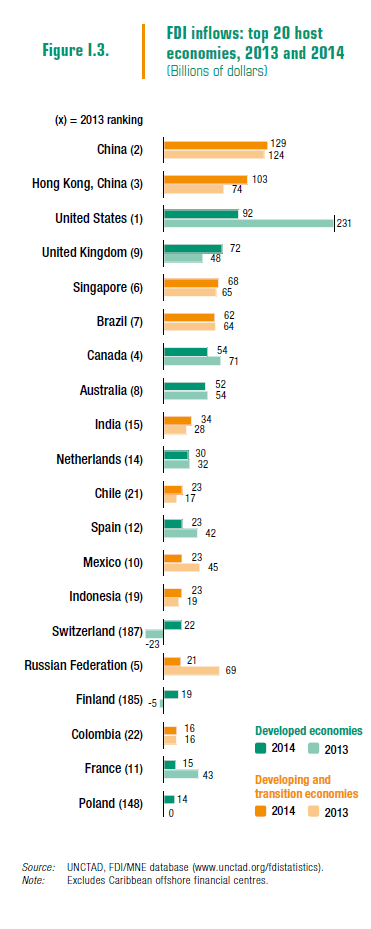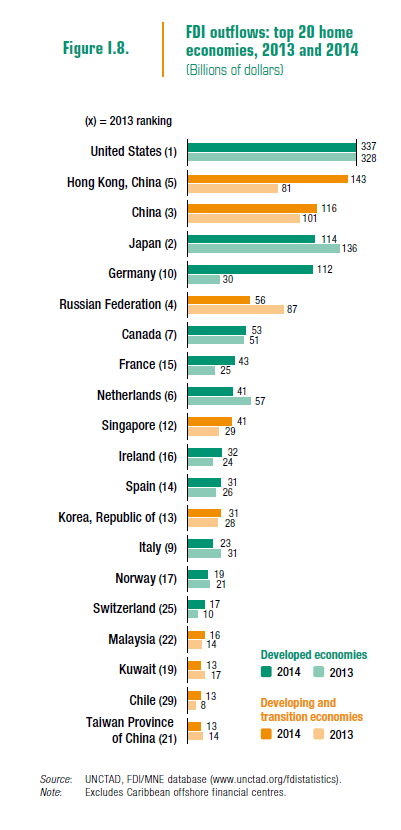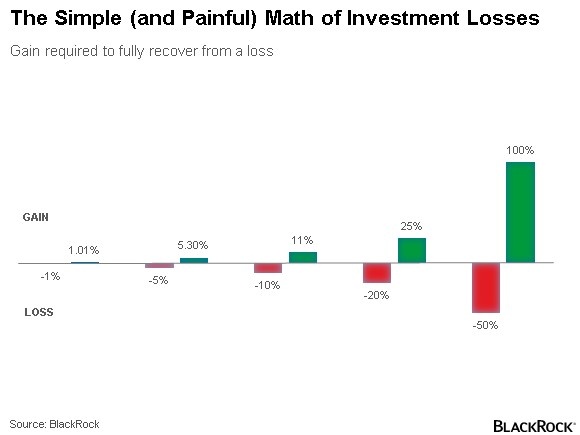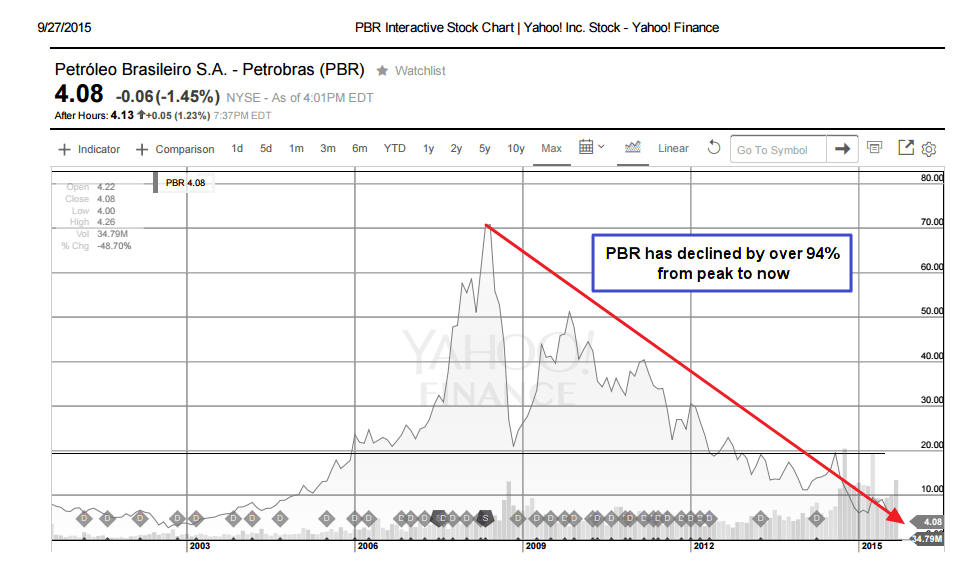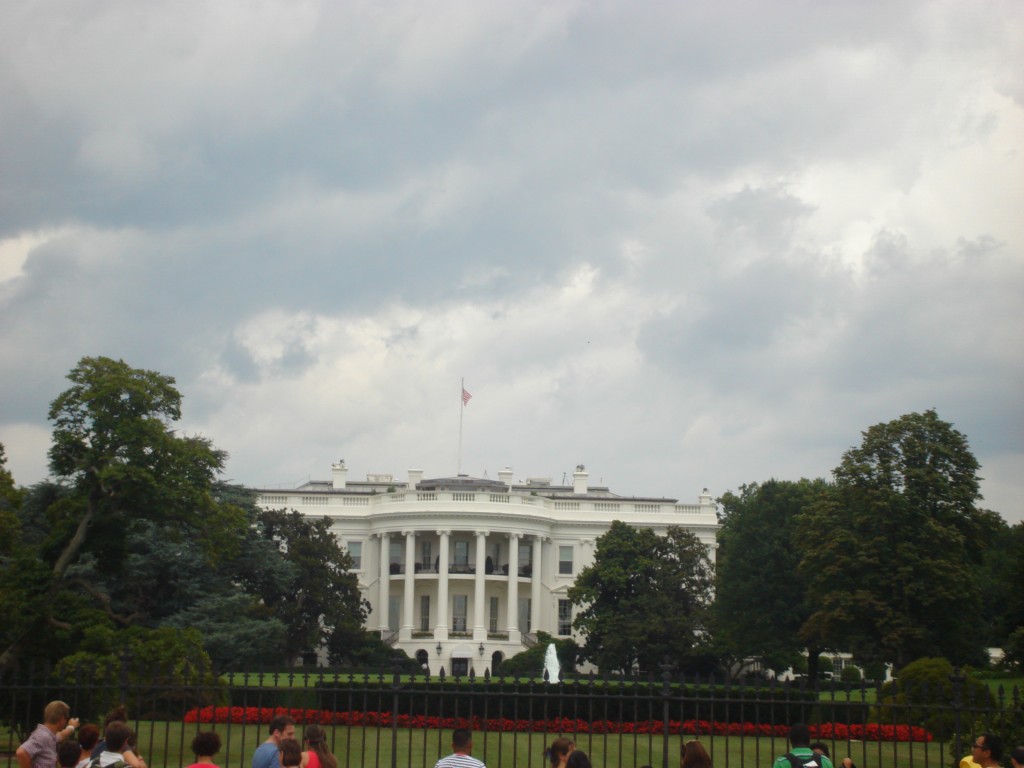Germany’s DAX Index differs widely from the UK’s FTSE-100 Index. In this post, lets take a quick look at some of the differences between these two benchmark indices.
The FTSE-100 is dominated by banks, insurers, oil and natural gas and mining firms. The DAX-30 on the other hand is concentrated by firms in the chemicals, automobiles and parts and industrial goods and services sectors. Chemicals form almost quarter of the market.
DAX Breakdown by Sector:
FTSE 100 Breakdown by Sector:
Note: Data shown are as of June this year.
The DAX is unusual in that it is a total-return index meaning the return values calculated included reinvested dividends. The FTSE is a price return index.
Five DAX firms earn over 90% of their revenues from outside of Germany while nearly three-fourths of the FTSE firms’ sales come from overseas markets.
Source: What’s in the German stock market?, Barclays
The components of the DAX and FTSE 100 can be found here and here respectively.
Related:
